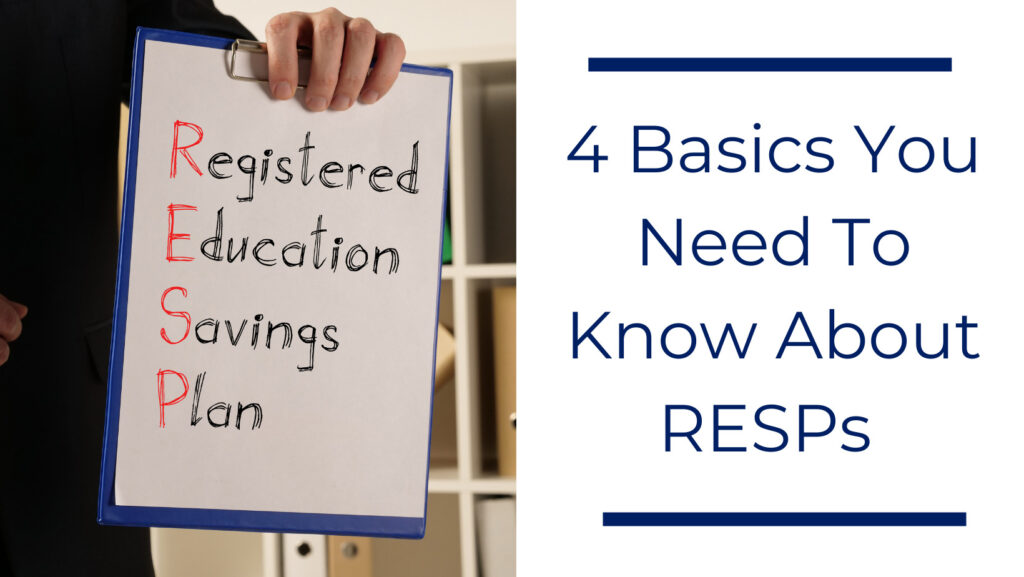
There is no shortage of things to save for; retirement, a dream house, a family vacation or starting a new business. With the average post-secondary educated Canadian earning an average of 53% more than Canadians without, one of the most common items on this wish list is saving for a child’s education (Stats Canada).
Education is only getting more expensive. MacLean’s estimates the average annual cost of post-secondary education in Canada is $19,498 (Brown, 2018). While saving up $80,000 for your child’s schooling seems daunting, planning ahead with a Registered Education Savings Plan (RESP) can make all the difference.
An RESP is a special savings account to help parents save for their children’s education after high school. Similar to a TFSA and RRSP, an RESP is a tax-sheltered account that allows money to grow without taxes on capital gains, interest or dividend payments. Once setup, parents can contribute up to the maximum amount each year and receive a 20% match on contributions from the government.
Check out this calculator from Raymond James to see the tax benefits of investing in an RESP.
If the beneficiary does not attend post-secondary school, there are tax implications at that time. Essentially, the free money must be returned to the government and the growth is also taxed. Thusly, you walk away with approximately only what you contributed and therefore missed out on the growth potential had you invested in another type of account over that time period. There are some provisions to transfer to another RESP (a sibling) or to your RRSP (if you have contribution room), but restrictions apply.
Consider opening an RESP and encouraging family and friends to contribute in lieu of birthday and Christmas gifts. With the power of compounding, these contributions can significantly help pay for post-secondary expenses.
With minimal drawbacks, Sybil’s recommendation is to start saving in an RESP early to maximize compounding growth and ensure you earn the maximum grant money. If you wait until your child is a teenager, you’ve missed out on several years of free money and the compound growth benefit.
Armed with the RESP basics, now’s the time to get saving! A great first step is to consult a financial advisor that can review savings and investment options that best fit you and your family.
To learn more about the pros and cons of RESPs, watch Sybil give her insights and advice on The Wealthy Life.